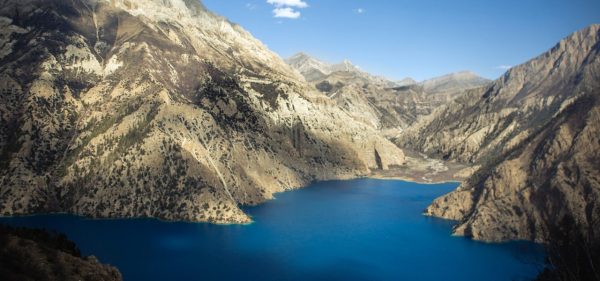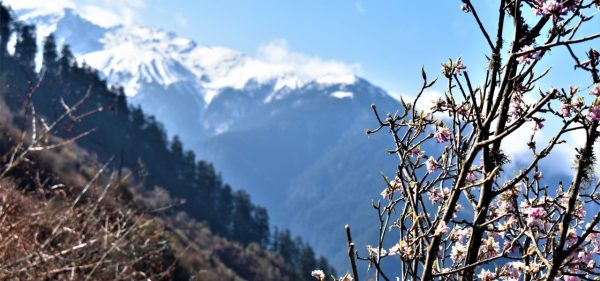Trip Duration
21 Days
Trip Difficulty
Strenuous
Maximum Altitude
5,435 m/ 17,831 ft.
Explore the Annapurna to Manaslu trek on the Great Himalaya Trail, where you will find stunning Himalayan beauty, diverse landscapes, and rich local culture. Starting from the lush Annapurna region, you hike through forests, terraced fields, and villages with panoramic mountain views. Cross challenging mountain passes like Thorong La and explore remote valleys with breathtaking scenery.
Trip Itinerary
Day 01: Arrive at Kathmandu airport (1,302 m/4,270 ft)
Day 02: Optional Morning tour to ancient marketplace and visit world’s UNESCO Heritage sites
Day 03: Flight from Kathmandu to Pokhara (895m/2,938ft)
Day 04: Pokhara to Jomsom (2,800m/9,186ft.), Hike to Dumba Lake (2,900m); 4 hrs approx
Day 05: Trek to Muktinath (3,760 m) - 6 to 7 hours
Day 06: Rest day
Day 07: Trek over Thorung la (5,415m) to Lethdar- 7 to 8 hours walk
Day 08: Short trek to Manang (3,540m) - 3 hours walk
Day 09: Trek to Chame (2,670m) - 6 to 7 hours walk
Day 10: Trek to Surki Khola (3300m) - 5 to 6 hours
Day 11: Trek to Bimthang (3,590 m) - 4 to 5 hours walk
Day 12: Cross Larkya La (5,135m), to Dharmasala 7 to 8 hours walk
Day 13: Trek to Lho (3180m) - 6 hours walk
Day 14: Trek to Lho (3180m) - 6 hours walk
Day 15: Trek to Ghap (2,630 m) - 6 to 7 hours trek
Day 16: Trek to Philim (1,570 m) - 7 hours walk
Day 17: Trek to Macha Khola (869m) - 7 hours walk
Day 18: Trek to Soti Khola (597m) - 7 hours walk
Day 19: Drive back to Kathmandu approx. 8 hr. drive. Overnight Hotel
Day 20: Leisure day in Kathmandu
Day 21: Final Departure
Price Included
What's Included
- Airport transfers,
- Internal flight Kathmandu/Pokhara/Jomsom
- Land transfer from Soti Khola
- Restricted area permit, TIMS, conservation fee,
- Trekking guides, cook, porters & other supporting staffs,
- Tented accommodation during trek on full board
- Staff insurance on the trek,
- Duffel bag
- Four nights in Kathmandu Guest House in Kathmandu with breakfast
- Safety equipment including high altitude chamber and satellite phone
What's not Included
- Additional tours and meals that are not mentioned,
- Beverages,
- Personal bills,
- Visa fee: US$ 30 for 15 days and US$ 50 for 30 days and US$125 for 90 days multiple entries
- Insurance (for cancellation, accident, health, emergency evacuation and loss, theft of or damage to baggage and personal effects), liability insurance
- Excess baggage beyond 20 kilogram
- Crampons
- Personal Equipment ( Please refer to the packing checklist) section
- Tips
Faqs
What are the essential packing list for this trek?
Ask Our Travel Expert
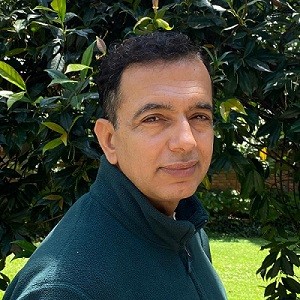

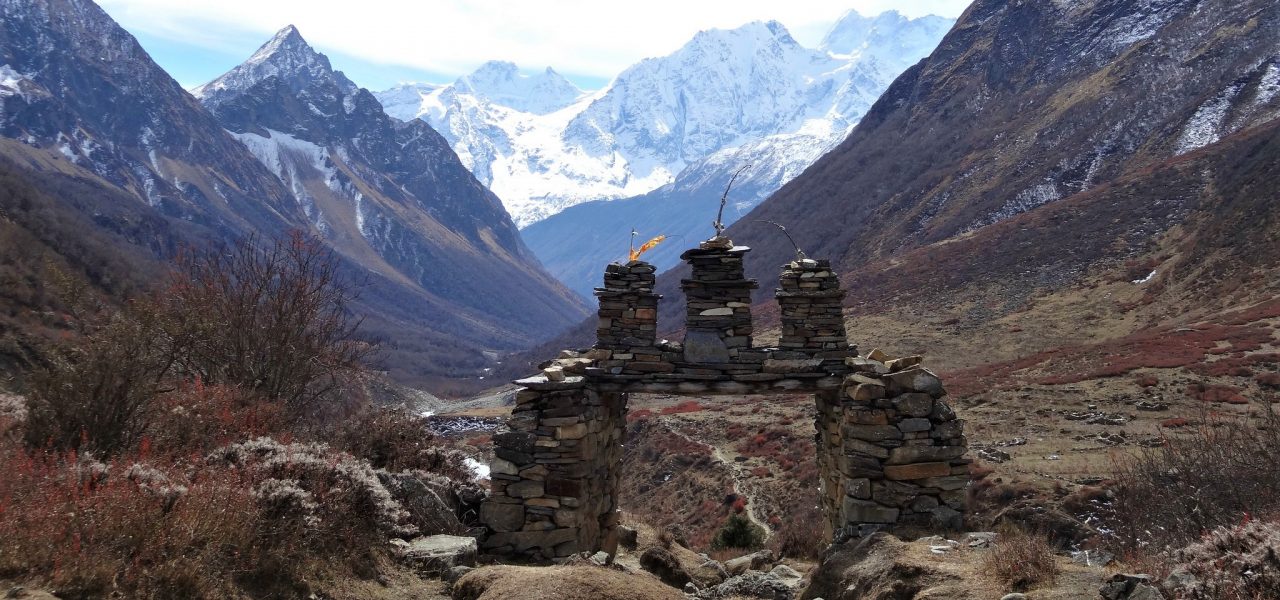
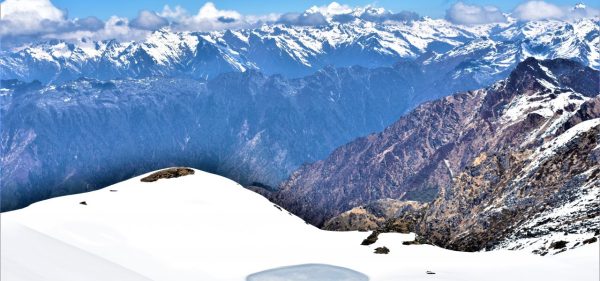
 Altitude:
6143 m/20,154 ft.
Altitude:
6143 m/20,154 ft.
 Difficulty:
Strenuous
Difficulty:
Strenuous
